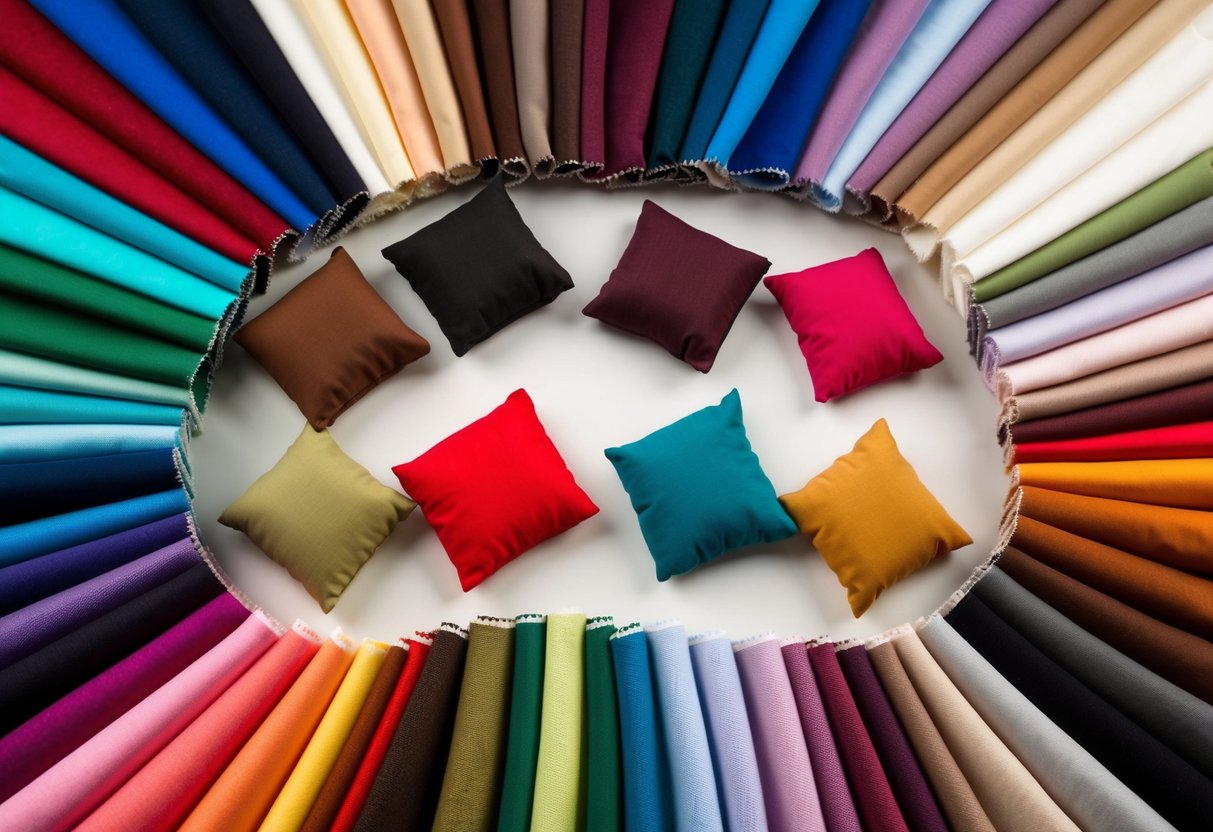Create Your Own Color Palette: Personalized Fashion
Incorporating Personal Style into Color Choices
Once personal style elements are identified, the next phase involves aligning them with specific colors. Choosing colors that resonate with and enhance personal themes plays a significant role in defining a coherent and consistent look. For example, those with a classic style might gravitate toward neutral tones like navy, black, and white, providing versatility in various settings.
For individuals preferring a bohemian or eclectic look, integrating earth tones or vibrant hues can enhance their style narrative. These themes guide the selection of complementary and contrasting colors, ensuring that the chosen palette not only reflects personal tastes but also adapts fluidly to different contexts and occasions.
Color and Skin Tone

Choosing the right colors in a fashion context requires an understanding of how colors harmonize with one’s unique skin tone. Certain hues can enhance natural features, while others might create less desired effects.
Determining Your Skin’s Undertones
Identifying undertones is crucial in developing a personalized color palette. Undertones fall into three primary categories: warm, cool, and neutral.
Warm undertones typically have hints of yellow, golden, or peach. Cool undertones often consist of pink, red, or blue hues. Neutral undertones exhibit a mix, presenting as a balance between warm and cool. A practical way to assess is by examining the veins on your wrist. A greenish tint suggests warm undertones, whereas bluish veins indicate cool undertones. If it’s challenging to determine, your undertones might be neutral.
Matching Colors to Your Skin Tone
Once undertones are identified, selecting colors becomes more intuitive. For warm undertones, earthy shades like olive, coral, and rich reds are flattering, as they complement the natural warmth.
Cool undertones pair well with jewel tones such as sapphire, emerald, and icy lavender. These shades enhance coolness without clashing. Those with neutral undertones have the flexibility to wear a wide range of colors, often benefiting from soft, muted tones like taupe or a gentle rose. Experimenting with various shades helps in building a wardrobe that highlights one’s natural features, creating a cohesive and personalized fashion palette.
Selecting a Primary Color Scheme

Choosing a primary color scheme is a crucial step in creating a personal style. It involves understanding how different colors work together and selecting a versatile hue that can serve as a foundation for various outfits.
Understanding Color Dominance
Color dominance plays a vital role in setting the tone of an ensemble. A primary color should ideally be one that resonates well with the individual’s skin tone and personal preferences. It often anchors the entire palette, creating a cohesive and visually pleasing look.
When considering dominance, it is essential to consider how the color interacts with other hues. A dominant shade like navy or burgundy can add depth and elegance. Moreover, bold colors such as red or emerald green can create an arresting effect, drawing attention effectively. Thus, the interaction between different shades needs careful consideration to maintain harmony.
Choosing a Versatile Primary Color
A versatile primary color is crucial for flexibility in personal fashion. Colors like navy, gray, or soft earth tones often work well due to their ability to pair seamlessly with other shades. These colors offer a strong foundation, allowing for adaptability across different styles and occasions.
Selecting a color that matches the individual’s lifestyle ensures the wardrobe remains both functional and stylish. A primary color should also be easily accessible in various clothing types and accessories, further enhancing the wardrobe’s overall cohesion. This choice ultimately supports a more sustainable, coherent, and personalized fashion statement.



